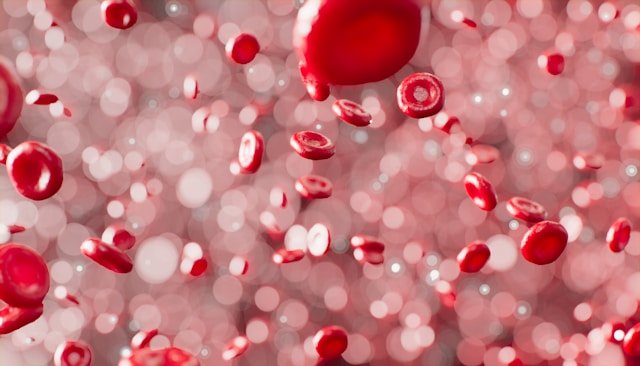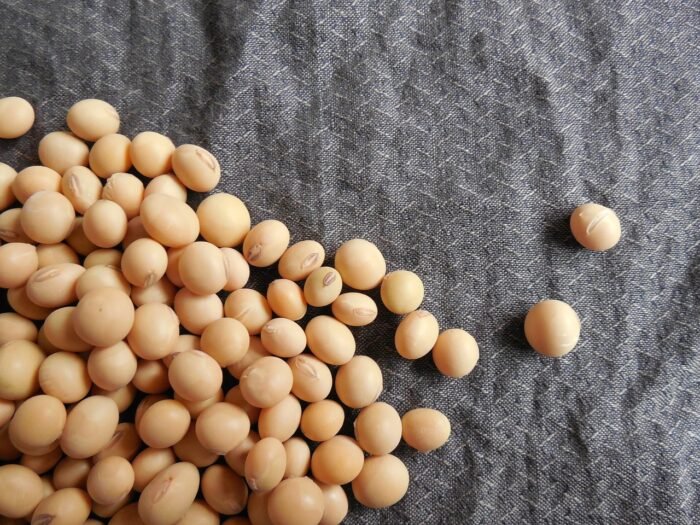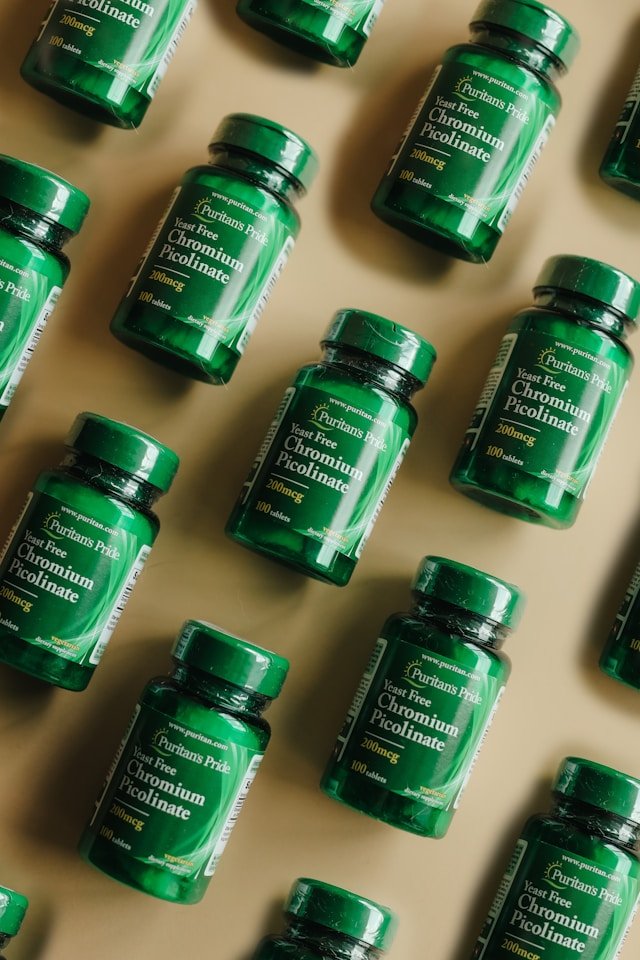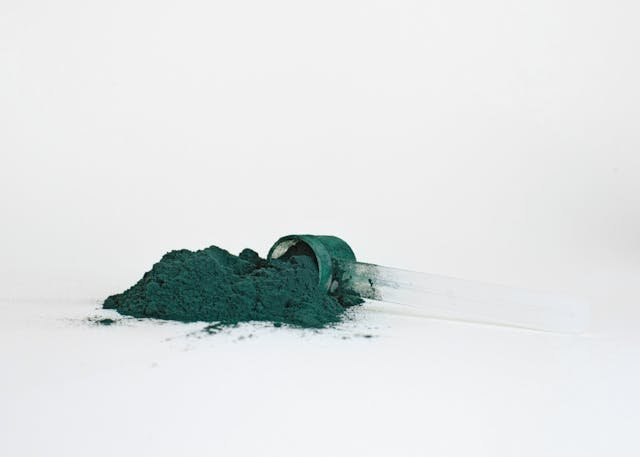If you have iron deficiency, it usually means you are anaemic. Anaemia is when there are not enough red blood cells in the body. You need your red blood cells to deliver oxygen to the tissues of your body.
Iron deficiency is the most common type of anaemia.
Causes Of Iron Deficiency Anaemia
The main causes of iron deficiency or anaemia include the following:
• Blood loss. You lose blood by various means and don’t have the substrates to replace the red blood cells.
• You do not absorb iron very well.
• You are not eating foods that contain iron in it.
• You have heavy or frequent menstrual periods.
• You lose blood from the gastrointestinal tract.
• You have oesophageal varices, which are dilated veins in the esophagus, from having liver cirrhosis.
• You have gastric bleeding from taking too much aspirin or other medication for the treatment of arthritis.
• You have peptic ulcer disease.
• You have celiac disease, which results in malabsorption of iron.
• You have Crohn’s disease, which also affects iron absorption.
• You have had gastric bypass surgery with its resultant malabsorption syndrome.
• You take antacids containing calcium.
• You do not eat any meat products.
• You do not eat a diet high in iron.
Symptoms Of Iron Deficiency
If the anaemia is mild, you may not have any symptoms at all. If you develop symptoms, they usually come on gradually, so you might not be aware that you are iron deficient.
Some common symptoms of iron deficiency include the following:
• You feel irritable all the time
• You feel tired and weak, especially when you try to exercise
• You experience headaches
• You cannot think clearly or concentrate
• The whites of your eyes are bluish
• Your fingernails are brittle
• You develop the desire to eat things that are not food or chew on ice. This is called pica
• You feel light-headed when you are trying to stand up
• Your skin colour is pale
• You are frequently short of breath
• Your tongue is sore
• You have tar-coloured stools or can see blood in your stool
• You have heavy periods
• You have pain in the upper abdomen from ulcers
Diagnosis Of Iron Deficiency
The doctor can order some tests to see if you are iron deficient or if you are suffering from anaemia. Some common tests include a hemoglobin/hematocrit and red blood cell indices. Tests specifically for iron deficiency include an iron binding capacity or TIBC, serum ferritin, and serum iron level.
If the cause of the anaemia is unclear, the doctor may do a colonoscopy, an upper GI endoscopy, or a faecal occult blood test.
Treatment Of Iron Deficiency
The main treatment of iron deficiency anaemia is to take iron pills or to eat foods that are high in iron. The doctor will measure your iron level and then prescribe supplements in order to bring up the level of iron in your body. If you do not tolerate taking iron pills, the doctor may order intramuscular injections of iron or have you get iron intravenously.
If you are pregnant or breastfeeding, you may need to take iron supplements because there isn’t enough iron in the diet for your needs.
It takes about two months to restore the hematocrit to a normal level. It may take a full year to build up the iron stores completely.
Diet To Restore Iron Levels
Foods you can eat to restore your iron levels include:
• Dried Lentils
• Beans
• Peas
• Peanut Butter
• Whole Grain Bread
• Soybeans
• Raisins
• Apricots
• Prunes
• Oatmeal
• Kale, Spinach And Other Types Of Greens.
As long as you continue eating this type of diet, your iron stores should stay up and you won’t be iron deficient.



